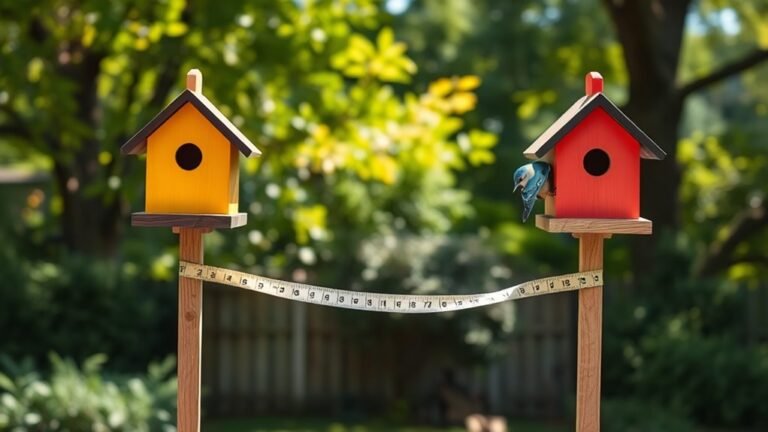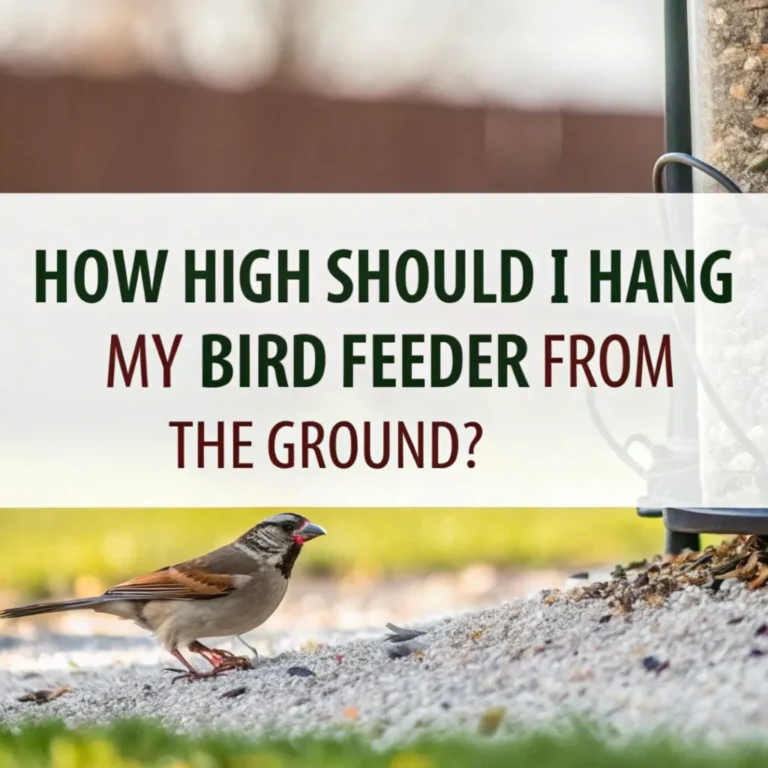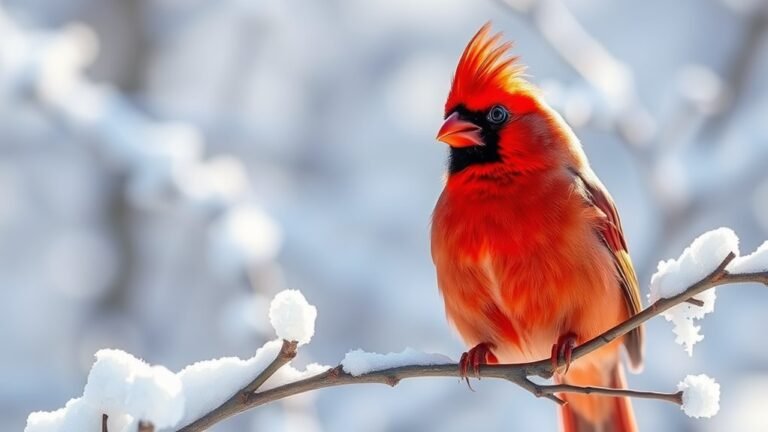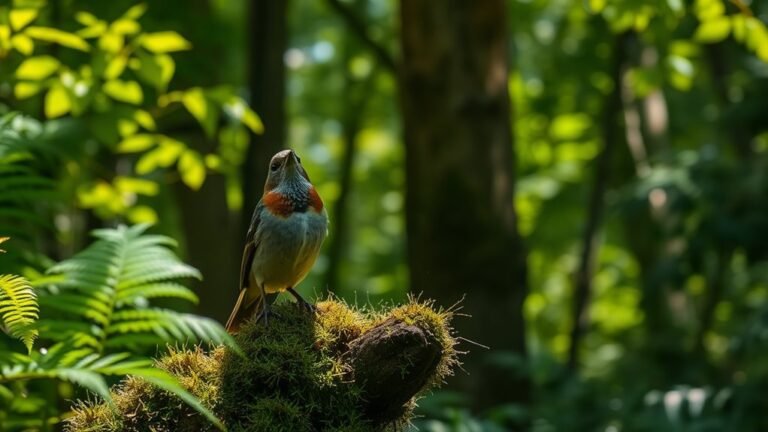North Carolina Birds Identification: Recognizing Local Species
North Carolina offers a rich variety of birds in its habitats. You can find songbirds with bright calls and raptors soaring overhead. Each region provides different chances for birdwatching.
To identify local birds, you should pay attention to their behaviors and characteristics. Observing the unique features of each bird will help you learn more about them. Since different birds prefer various habitats, understanding these areas can improve your identification skills. Keep your focus on the specific traits of the birds and enjoy the experience of discovering North Carolina's birdlife.
Key Takeaways
- Learn about common songbirds like Northern Cardinals and Eastern Bluebirds. This will help you identify them in local areas.
- Use bird identification apps such as Merlin Bird ID and eBird. These apps assist you in identifying birds through photos and sounds.
- Recognize raptors like Red-tailed Hawks and Bald Eagles by looking at their unique physical features and hunting styles.
- Observe coastal birds like Black Skimmers and American Oystercatchers. Pay attention to their special bills and feeding behaviors.
- Join local birding clubs. These clubs offer workshops and field trips that will improve your bird identification skills and knowledge.
Overview of North Carolina's Avian Diversity

North Carolina is home to a wide variety of birds that attract birdwatchers and scientists. The state has different habitats, from coastal marshes to mountains. This diversity allows you to see many bird species and behaviors throughout the year.
Watch for seasonal changes as birds migrate, which affects their populations. You can observe different feeding habits, mating rituals, and social behaviors. Each of these reflects how birds adapt to their surroundings.
Joining local birdwatching groups can make your experience more enjoyable. You can share insights and discoveries about North Carolina's diverse avian life, creating a sense of community while exploring nature.
Common Songbirds of North Carolina
As you explore North Carolina's habitats, you'll find many common songbirds that enhance the state's natural sounds. The vibrant Northern Cardinal stands out with its bright red feathers and cheerful song. You can spot the Eastern Bluebird, often perched on fence posts, displaying its charming flight skills.
In forests, listen for the American Robin's distinct call, which indicates it's nearby. Notice their behaviors: cardinals often have lively interactions, while bluebirds show strong territorial instincts.
Understanding these behaviors can deepen your appreciation for nature and connect you to North Carolina's environment. Each songbird contributes a unique sound to the state's ecosystems, creating a beautiful harmony.
Identifying North Carolina's Raptors

How can you spot the raptors flying over North Carolina? Start by identifying hawks. Look for their broad wings and unique tail shapes. The Red-tailed Hawk often shows a reddish-brown color, especially in flight.
Pay attention to their hunting habits, which include gliding and circling while looking for prey.
Eagle identification is also important. The Bald Eagle has a white head and yellow beak. It often flies high above lakes and rivers, searching for fish.
Notice its large wingspan and strong flight. By observing these characteristics, you can connect more with North Carolina's raptors and improve your birdwatching skills.
Enjoy the beauty of these magnificent birds!
Coastal Birds: A Closer Look
North Carolina's coastline hosts many coastal birds, with more than 200 species found in these areas. You can spot interesting shorebirds in these dynamic environments.
Look for the elegant Black Skimmer, which has a distinctive bill and striking look. The small Sanderling runs along the sand, searching for tiny sea creatures. The American Oystercatcher, with its bright orange bill, forages along the shoreline.
These birds depend on intertidal zones and marshes, playing an important role in the ecosystem. By observing these coastal birds, you won't only improve your birdwatching skills but also connect more deeply with North Carolina's natural beauty.
Enjoy exploring the coast and appreciating the diverse birdlife.
Waterfowl Species in North Carolina

North Carolina is home to seven species of waterfowl that thrive in its freshwater lakes and wetlands. This diversity provides great chances for birdwatching.
One group of these waterfowl is the dabbling ducks. The Northern Shoveler is a well-known example, recognized by its broad, spatula-shaped bill. These ducks feed near the water's surface, tipping forward to filter aquatic plants.
Another category is the diving ducks. Canvasbacks are a prominent type. They dive deep to catch fish and small invertebrates. Their sloping heads and bright plumage make them easy to identify during migration.
Watching these ducks dive is both thrilling and informative. Engaging with these waterfowl enhances your understanding of local wildlife and connects you to North Carolina's natural beauty.
Woodpeckers: The Drummers of the Forest
Woodpeckers are important birds in North Carolina's ecosystems. You can often see them tapping on tree bark as they search for insects.
Their unique behaviors include drumming and pecking. By observing how they move—climbing tree trunks or hopping between branches—you can spot different species.
Listen for their distinctive calls; they use rhythmic pecking to claim territory and communicate.
Species like the Downy and Hairy Woodpeckers have slight differences in size and markings, making careful observation key.
Take a moment to enjoy these fascinating birds. Their presence adds beauty to the forest and helps maintain ecological balance.
Recognizing North Carolina's Hummingbirds
Hummingbirds are beautiful birds found in North Carolina. They've colorful feathers and fast wingbeats that make them fascinating to watch. To identify hummingbirds, look for their bright colors. For example, ruby-throated hummingbirds display vibrant greens and reds.
When you observe them, you'll see their agility as they hover and drink nectar from flowers. Their nests are small and cup-shaped, usually hidden in shrubs or on branches. These nests blend into the surroundings and often include spider silk and plant materials.
Learning the differences between hummingbird species can enhance your birdwatching experience. Enjoy spotting these tiny wonders in your backyard or nearby nature areas.
Hummingbirds bring joy and life to any setting.
Tips for Birdwatching in Various Habitats
Birdwatching is enjoyable in many habitats, each providing different chances to see various birds. In woodlands, look for tall trees and bushes to find songbirds.
At wetlands, stay calm and quiet, and watch the reeds for herons and shorebirds.
On the coast, be careful near nesting areas; following birdwatching etiquette is important to protect these delicate environments.
In backyards, set up feeders and offer fresh water to draw in local birds, which will enhance your viewing experience.
Keep a journal to record what you see and their behaviors. This practice deepens your connection to nature.
Every habitat offers a new adventure, creating a sense of community among birdwatchers as you share experiences and tips with others.
Enjoy the journey!
Seasonal Migration Patterns in North Carolina
As the seasons change in North Carolina, birds migrate in noticeable patterns. This provides a great opportunity for bird watchers.
Spring brings many songbirds, while fall sees others departing. Weather conditions can affect these migration times. For instance, storms can delay departures or cause unexpected arrivals.
Local reports help keep track of these changes and can lead to exciting bird sightings. Observing these migrations helps you learn more about local bird species and connect with nature.
Every sighting deepens your appreciation of the ecosystem around you. Enjoy watching these fascinating avian travelers.
Essential Birdwatching Gear and Tools
Birdwatching can be an exciting and rewarding activity. To make the most of your experiences, it's important to be well-prepared.
First, choose a quality pair of binoculars, ideally with a magnification of 8×42. This option provides good clarity and comfort for viewing birds. Regularly clean the lenses with a microfiber cloth to maintain their performance.
Next, use a field guide that focuses on North Carolina birds for quick identification. Having this guide handy helps you recognize different species as you spot them.
Also, keep a journal to record your observations and draw sketches; this adds personal value to your birdwatching adventures.
Always respect nature by following birdwatching etiquette. Maintain a safe distance from nests and feeding birds to avoid disturbing them.
These tools and practices not only improve your birdwatching experience but also help you connect with other bird enthusiasts. Enjoy your time in the field!
Resources for Further Bird Identification
Starting your bird identification journey in North Carolina can be exciting. Using various resources can help you improve your skills. Here are key tools and communities to consider:
- Bird Identification Apps: Use apps like Merlin Bird ID or eBird to identify species in real-time. These tools provide photos, sounds, and range maps, making learning fun.
- Local Birding Clubs: Join a birding club nearby. You can connect with fellow bird enthusiasts. These clubs often organize outings, workshops, and educational sessions that enhance your knowledge of local birds.
- Field Guides: Get a field guide focused on North Carolina birds. These guides offer detailed descriptions, habitat information, and seasonal tips to help you identify birds accurately.
Frequently Asked Questions
What Are the Best Times for Birdwatching in North Carolina?
For effective birdwatching, focus on seasonal patterns. The best times are early mornings and late afternoons. During these hours, birds are most active. This activity allows you to observe and enjoy their behavior, making your birdwatching experience more rewarding.
Can I Find Rare Bird Species in North Carolina?
Yes, you can find rare bird species in North Carolina. The state has various habitats that support these birds. You can participate in local conservation efforts to help protect them. Connecting with other bird enthusiasts will increase your chances of seeing these unique species in their natural settings. Enjoy your birdwatching!
How Can I Attract Birds to My Backyard?
To attract birds to your backyard, place bird feeders filled with seeds close to native plants. This setup gives birds food and shelter, creating a friendly environment for various bird species to visit and thrive. Enjoy watching the birds come and go as they discover this welcoming space!
What Are the Top Birdwatching Locations in North Carolina?
If you want to see birds, visit the Outer Banks during migration season. You can spot many bird species in their natural habitats. Enjoying this experience will strengthen your bond with nature and connect you with other birdwatchers.
Are There Any Birdwatching Clubs or Groups in North Carolina?
North Carolina has several birdwatching clubs. These clubs focus on local birdwatching events. You can join to meet other birdwatching enthusiasts. You can share your observations and learn from others. This is a great way to enjoy the variety of birds in the area.

Ava is a bird enthusiast and nature lover who has spent countless hours observing and learning about the fascinating world of birds. With a passion for sharing her knowledge and inspiring others to appreciate the beauty of birds, Ava writes about her experiences and insights on avianadmirer.com.






